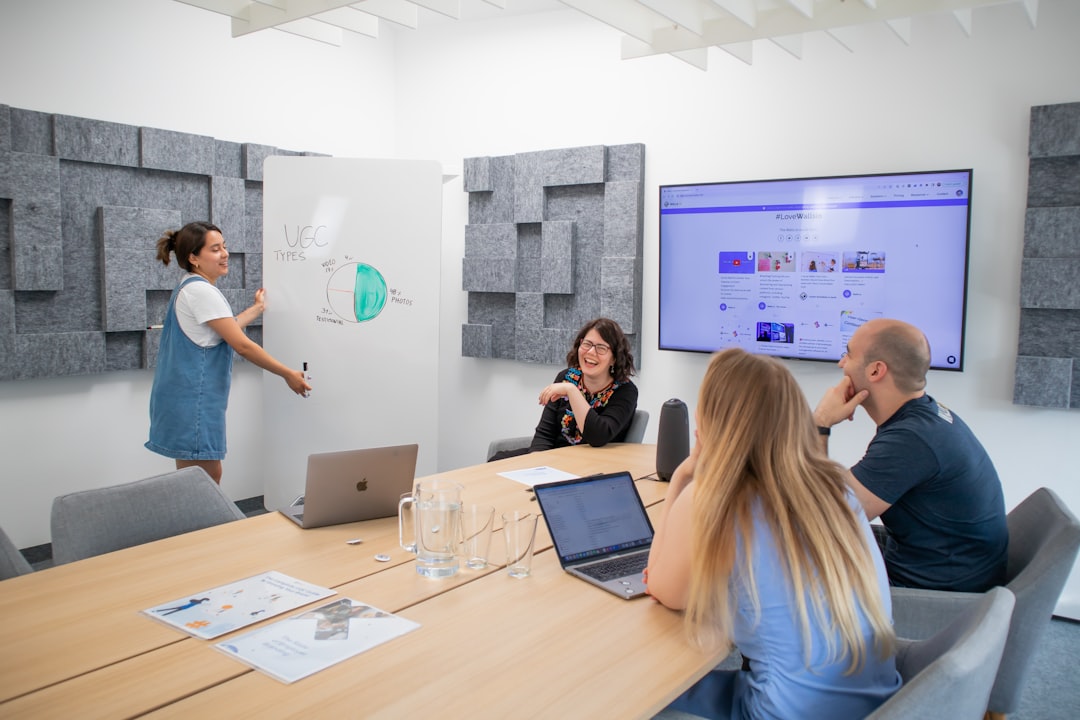No products in the cart.
Building Authentic Connections: Networking Beyond the Office
Learn how to create authentic connections beyond the workplace with effective networking strategies that resonate with your values.
In a world where digital connections often replace face-to-face interactions, the art of networking is undergoing a profound transformation. Today, young professionals are not just looking for job leads; they seek authentic relationships that enrich their lives and careers. The challenge lies in distinguishing between opportunistic networking and genuine rapport. How can one build lasting connections that are both meaningful and mutually beneficial?
Networking, traditionally viewed as a transactional endeavor, is evolving into a more holistic practice. According to a recent study by LinkedIn, 85% of jobs are filled through networking, but the emphasis is shifting from mere connections to fostering genuine relationships [1]. This shift is particularly pronounced among younger generations, who prioritize authenticity and shared values over superficial exchanges.

To navigate this new landscape, it’s essential to adopt strategies that promote authentic engagement. One effective method is to identify shared interests. Whether through hobby groups, community events, or online platforms, finding common ground lays the foundation for genuine connections. For instance, a young graphic designer may join a local art collective not just to network but to collaborate on projects that resonate with their passion. This approach not only expands professional circles but also enriches personal experiences.
Maintaining these connections requires intentionality. It’s easy to let relationships fade in our fast-paced lives, but small gestures can keep the flame alive. A simple message checking in on a contact’s new project or sharing an article that might interest them can foster goodwill and demonstrate that you value the relationship beyond mere utility. Regular, thoughtful communication can turn casual acquaintances into trusted allies.
However, it’s essential to recognize that not all networking is created equal.
However, it’s essential to recognize that not all networking is created equal. The desire for authenticity can sometimes lead to skepticism about others’ intentions. This skepticism can be a double-edged sword. On one hand, it encourages vigilance against opportunism; on the other, it can create barriers to connection. Young professionals must navigate this terrain carefully, balancing openness with discernment. Building trust takes time, and patience is often the currency of meaningful relationships.
Moreover, the role of social media in networking cannot be overlooked. Platforms like LinkedIn, Instagram, and Twitter serve as double-edged swords; they can facilitate connections, but they can also perpetuate superficial interactions. Striking the right balance between online engagement and real-world interactions is crucial. While social media can help maintain connections, it shouldn’t replace the depth of a face-to-face conversation or the warmth of a handwritten note.
As we step into a future where the workplace is increasingly hybrid, understanding the nuances of networking in diverse environments becomes paramount. For instance, remote workers may find it challenging to form connections in a virtual workplace. Organizations can cultivate a culture of networking by hosting virtual coffee breaks or casual meetups that allow employees to connect on a personal level, thus bridging the gap between professional and personal interactions.
Looking ahead, the future of networking is likely to be shaped by emerging technologies and shifting cultural norms. Virtual reality (VR) and augmented reality (AR) are poised to revolutionize how we interact. Imagine attending a networking event where you can engage with avatars of industry leaders in a virtual space, allowing for deeper conversations without the constraints of geography. This technological advancement could democratize access to networking opportunities, particularly for those in underrepresented communities.
Furthermore, as the global landscape continues to evolve, networking will increasingly require a cross-cultural understanding. Young professionals will benefit from honing their intercultural communication skills, enabling them to build bridges across diverse backgrounds and perspectives. This skill set will not only enhance personal networks but also foster collaboration in an interconnected world.
As we step into a future where the workplace is increasingly hybrid, understanding the nuances of networking in diverse environments becomes paramount.
In conclusion, the essence of networking is shifting from transactional interactions to genuine relationships built on trust and shared values. As young professionals embark on their journeys, they must cultivate the art of authentic networking. By focusing on shared interests, maintaining relationships with intention, and embracing new technologies, they can build networks that are not only expansive but also deeply rewarding.











